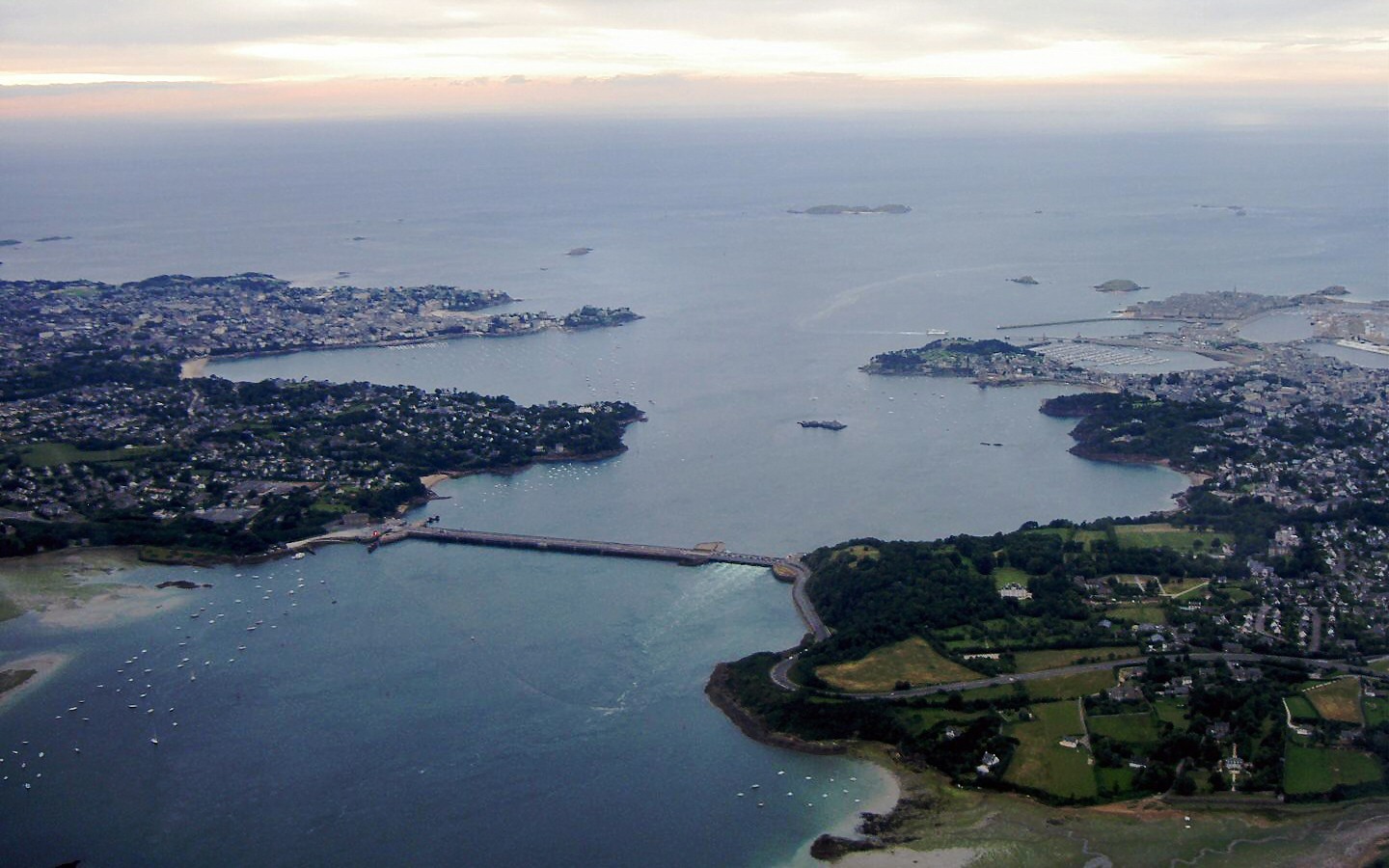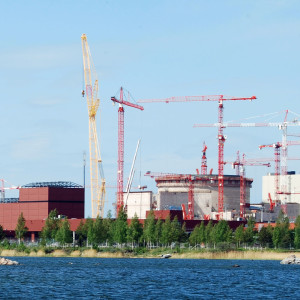Hinkley Point C is a planned nuclear power station on the Somerset Coast. Whether or not it *should* be built is a vexed question – most people i know have an opinion one way or the other, but it’s taken some time for me to try and work my own point of view out. Over two pretty long posts, I’ll share my process of trying to work out whether I think it’s a good idea or not. So let’s set the scene: It’s controversial for a number of reasons:
- Firstly it’s a nuclear powerstation, and for a variety of reasons (not *all* completely rational) these are not universally popular in the UK.
- It’s very very expensive. Like exceptionally expensive. Potentially the most expensive building on the earth. And there are some good reasons to think that it is more expensive than it need be.
- It’s being paid for in a very weird way, involving a French private utility company (who are afraid it will bankrupt them), vast amounts of Chinese capital, and a long term commitment for the UK public to pay almost two times the going market rate for electricity from this station.
- It’s being dogmatically stuck to by the most inflexible and despised chancellor of the exchequer that we’ve ever had.
So, being the sort of bloke who likes to wade into these arguments, I’m going to poke at the questions above and see if I can work out if it should be built or not, because right now the clamour of voices is making it a bit hard to work out!
Question 1: Should we build Nuclear Power Stations in the UK
I have a standing answer to this that I’ve built up over the years, and that’s “Yes, but only if we can manage the entire lifecycle of nuclear power generation”, and right now, we don’t do that. We’ve been making electricity out of smashing atoms in the UK for over 50 years, and we still don’t have a plan for how to deal with the nuclear waste. It sits in ponds, tanks, and lumps of concrete in various locations around the UK, and all those places are considered ‘temporary’, and we have no long term plan for what to do with it. And a long term plan is rather crucial, because this stuff is nasty for a long time. Tens of thousands of years long time.

Nuclear waste tank at Sellafield. Decades of waste sit in these tanks. They’re now being methodically cleared out, but even today the storage facilities are only temporary. Photograph: Courtesy The Ecologist
Not only is it nasty in terms of accidental usage, but in a world where we seem to be making people angry enough to consider extreme measures, this stuff is actually dangerous for a long time. Dirty bombs are a real threat, but to be honest the impact of even a bucket of waste tipped into the wrong lake or reservoir a few hundreds years from now would be massive. This means that the security of nuclear waste needs to be managed. Long term. A long term plan means, essentially, some way of dealing with waste that keeps it safe, with no human intervention, for tens of thousands of years. That’s a really hard problem. Our location options are limited to the surface of the earth (blasting this stuff into space is neither safe nor affordable, and we don’t have the tech to safely squirrel it beneath the crust into the mantle of the earth). And we just have’t worked out we can keep any part of the earths surface (or up to a few hundred metres down) safe for that long. In fact, it might not even be possible.
However, there is a pretty radical option that might avoid this problem altogether. Thorium.
A little history is needed here – the first nuclear reactors weren’t for generating electricity at all, they were there to make nuclear weapons. The whole nuclear industry infrastructure grew up to produce the material to go into bombs, and since this infrastructure was there, and paid for, using it to also make power was a sensible move. However, that tied us into a family of elements that are, to put it mildly, nasty. Uranium and plutonium and the various isotopes and decay products that they generate are among the most toxic materials known to us. Not only do they give off huge amounts of radiation, but they do so for exceptionally long periods of time, and they decay into other vile substances. And of course they can be used in nuclear weapons. If the devil took a shit, it would be uranium or plutonium. Or possibly a nasty mix of both in a variety of isotopes.
They’re not the only option though. Other elements can be used for nuclear power generation in more or less the same types of reactors, and which don’t produce anything like the same amount of weapons grade material, and the nuclear reactions and decay of which don’t have to produce long lived highly radioactive waste.. Prime candidate here is Thorium.
A thorium based nuclear program doesn’t exist anywhere in the world, yet. The Indian’s are looking seriously at it, and may even have working experimental breeder reactors in a decade or so. India has a LOT of thorium, and not much uranium, so it probably makes sense for them. We’ve not much of either (there is some uranium in Cornwall, but it’s not in commercial quantities, and actually rather sensitive – essentially anyone who knows where it is has to keep it secret). Thorium based commercial electricity generation is conceivable. It wouldn’t be a cheap option as we’d be talking about a new lifecycle for fuel. And we’d also be talking about brand new reactor designs. However, as a long term approach to managing an otherwise unsustainable nuclear waste problem, thorium based nuclear generation really ought to be under investigation.
So is it a definite “No” for nuclear power?
Well, there is definitely a job for nuclear power to do – we’re going to keep using electricity, and we need to stop burning fossil fuels to generate that power. Renewables can supply much of that, and some renewable sources are supremely reliable. Tidal power for instance will keep generating power week in week out.

The Rance tidal barrage in France. By Tswgb – Own work, Public Domain, https://commons.wikimedia.org/w/index.php?curid=3182853
However wind, wave, and solar are variable. And not just in the long term day to day sense. Solar in particular can spike and dip alarmingly over just a few minutes. This sort of variation in the supply of power is extremely hard to manage – we’re actually pretty good at it in the UK and we have one of the worlds best managed distribution grids. However even with most power coming from controllable sources today, the grid runs on the edge of falling over. If we moved to all renewables, with no ‘base load’, it just wouldn’t work.
At the moment, the base load comes from ageing coal and gas power plants, plus a little bit of hydro electric. Not ideal. In the future we may have technology for storing energy from excess renewable supply (on windy sunny days), but we haven’t got that tech yet, and it’s not even clear if we ever will. Tesla Power wall type installations might actually go a long way to delivering it, but those don’t support industrial levels of power need.
So, a nuclear base load would be good. Nuclear is actually a great base load technology – a nuclear station, for all it’s size, is a pretty flexible generator. Power levels can ramp up in less than an hour.
Sorry wait, Base Load?
Ok this is worth poking with a stick, as actually base load is a product of the electricity infrastructure as much as its use. Thing is at the moment we consume electricity as we use it. The power you use to heat your microwave, or chill your fridge is consumed mere seconds after whirring generator has dumped it into the national grid. Or a solar panel as trickled it in. The UK National Grid is managed like a high performance racing car to ensure that, within a staggeringly tight margin, as much power is produced as is used, every minute of the day.
However that is not necessarily the case in the future. If we get a grid that has local storage, taking from the grid as available, and feeding it into house and offices and schools and hospitals as needed then base load gets to be a bit moot. We ‘might’ still need it for heavy industry, a bit, but much of the rest of the electricity distribution problem, and the need for a a lot of massively reliable high capacity power plant goes away.
When does it go away? Well it could be very fast. The head of the National Grid imagines it’s imminent. However, the current base load capacity is properly on its last legs. Unless something very weird happens in the next 5 to 10 years we need at least one more generation of Base Load stations. And they take 20 years to build…. so…
In answer to q1 therefore, we probably should build nuclear power stations and also the infrastructure for the long term management of nuclear waste. Until that is in place, no nuclear stations ought to be licensed.
That’s not, perhaps, the be all and end all of the question though. For if we do need to build a few nuclear stations, the question remains, do they need to be *this* expensive? I’ll try and answer that in the next post.



Recent Comments